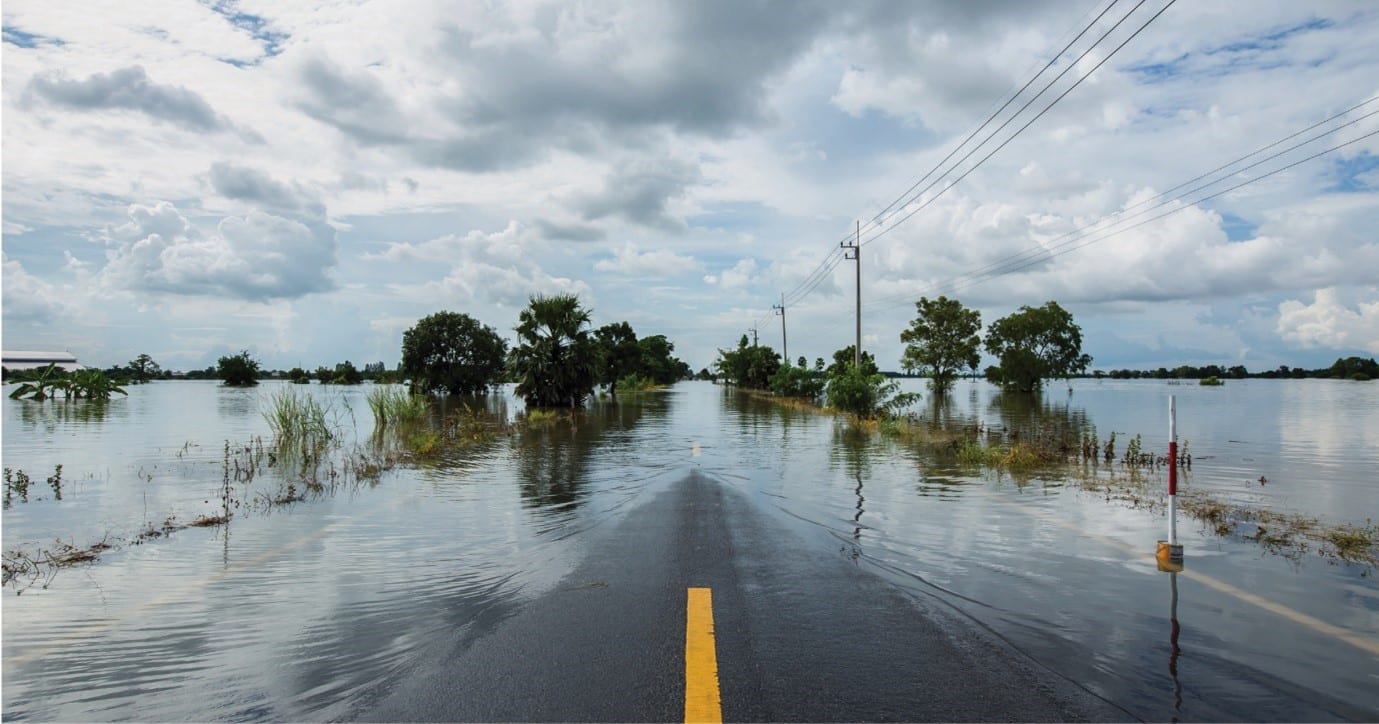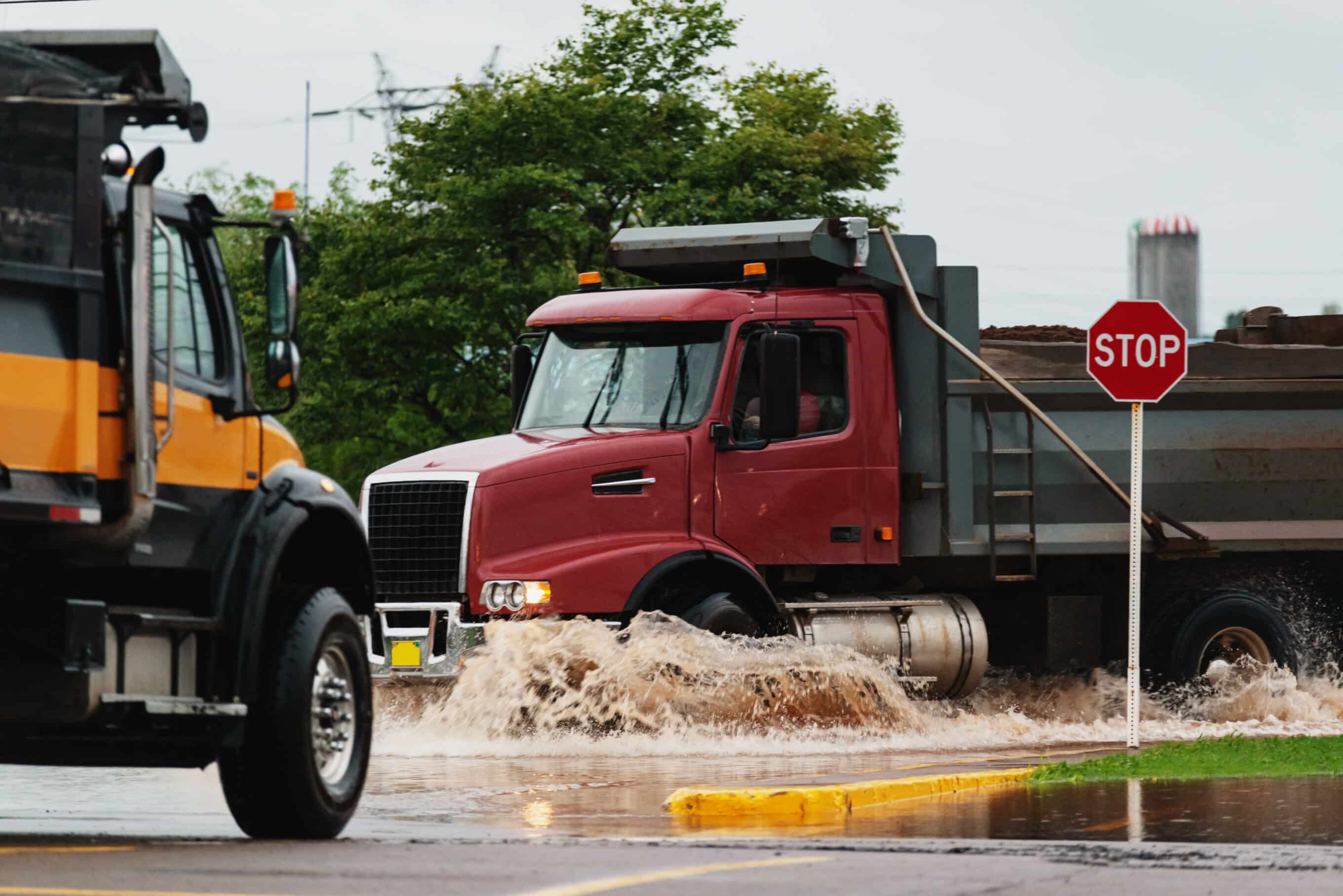Weathering the storm with parametric insurance
As the frequency and severity of natural disasters has increased, so too has the need for business owners with property in disaster-prone areas to consider alternative risk transfer options. Parametric insurance is one such option.
The number and cost of natural catastrophes across Australia is growing and climate change is expected to result in more severe-weather events – which is impacting the availability and affordability of insurance cover for business property in natural disaster-prone areas.
Insurers rely on historical data and modelling to accurately underwrite catastrophe risk but, with so much volatility in the weather, the Bureau of Meteorology (BoM) forecasts and commercial catastrophe models have become less accurate.
Given the unpredictability of Australia’s weather, insurers (and reinsurers) are increasingly concerned about deploying capacity for weather-event perils. The number of insurers willing to offer cover for natural catastrophes (cyclones/hurricanes and earthquakes) and the resultant secondary perils (flood, hail, storm or bushfire), is dwindling given the losses being experienced – data from the Insurance Council of Australia shows that the insurance bill for storms and floods since January 2020 has topped $12.3 billion. For those insurers still in the market, capacity, coverage and terms (including deductibles) are under constant review. For policyholders, premiums for policies covering nat-cat events, particularly wet perils, are rising exponentially.
As a consequence, many businesses are working with their brokers to explore non-traditional covers such as parametric insurance, also known as weather index insurance.
Parametric insurance explained
Swiss Re defines parametric solutions as a type of insurance that covers the probability of a pre-defined event happening instead of indemnifying actual loss incurred.
Unlike traditional insurance, parametric provides pre-agreed payouts based on events that trigger the policy, for example, specific rainfall or river level heights for flood cover.
Parametric insurance is designed to respond to the peril itself, with automatic payouts when a trigger event is recorded by a third-party such as BoM.
How it works
Parametric products are powered by advanced technology (including AI) and based on an external index being triggered, with claims settled according to a pre-agreed scale.
Satellite imagery and smart devices installed at insured locations, combined with information on climate patterns, can be used to individually price risks.
Natural catastrophes can be logged by smart sensors that collect and deliver data analytics to identify when pre-determined parameters are met, triggering insurance coverage.
Parametric triggers might be a lack of rainfall over a specified period in agriculture, a storm of pre-determined wind speeds, or river level heights for flood cover.
Once the trigger threshold is met, payment is made with no requirement for loss adjusters to attend or for in-depth claims analysis. No proof of actual loss is required.
Why consider parametric insurance
While traditional insurance markets offer solutions, they are largely focussed on physical damage impacts even though the economic exposure faced by policyholders is much broader. Traditional solutions are also not designed to provide strategic access to liquidity, which is especially needed at a time of catastrophe.
Parametric insurance can fill some of the gaps and limitations of indemnity products and be used as a top-up for under-deductible losses, or operate as an excess-of-loss cover.
The covers are designed to complement and supplement a traditional indemnity program and better match capital to the broad nature of risk from natural disasters. Parametric solutions are well suited for ‘grey swan’ catastrophic events such as earthquakes, cyclones, bushfires and hailstorms, among other perils.
The advantage of parametric insurance is that it can lower the expense ratio for insurers and speeds the claims disbursement process for policyholders.
Parametric solutions are tailor-made for each policyholder’s individual exposure, risk appetite and legal environment. For example, a business may wish to insure against a specific weather event that is likely to impact its operations. As parametric insurance products can be customised to incorporate specific triggers and payout amounts, they are highly flexible and adaptable.
Previously uninsurable risks can often be covered, based on the bespoke needs of the policyholder. Expenses for items such as first-response programs, evacuation, loss mitigation or clean-up costs, which are typically not covered or are sub-limited, can also be included.
The simple and quick payout process provides liquidity when the business needs it most.
As parametric insurance is triggered by a specific event, payouts can be made efficiently as it does not respond like normal risk transfer insurance where payout is determined by the actual loss experienced by the policyholder. For parametric insurance, if the pre-determined trigger is met, the policyholder is generally paid within 30 days without the usual insurance assessment process to determine the loss or damage sustained. The simplicity of the payout process substantially reduces claims-related expenses and delays in extraordinary situations.
Parametric insurance solutions can be used as part of a broader risk management strategy, helping businesses to mitigate the financial impact of specific events. For example, if an insurer is not prepared to offer more cover for a risk location (e.g. flood limit is capped at $10,000,000), parametric insurance can act as a top-up or excess-of-loss cover.
Independent third parties (e.g. official reporting agencies) provide the data needed to trigger payment, based on a simple, verifiable and unambiguous process. As parametric insurance solutions are based on objective data, such as weather or seismic information, there is greater transparency for both the policyholder and the insurer. This can reduce disputes and help to ensure that claims are processed fairly and efficiently.
Obtaining cover
The process of obtaining parametric cover is relatively simple. The business/property owner chooses the type of event they are concerned about (e.g. storm, flood, frost, bushfire, cyclone, hail, drought, landslides) which is linked to available historical data (e.g. rainfall level, high or low temperatures, frost cover, dam heights, waterway depths) and nominates the amount of cover they want. The insurer then determines pricing based on the historical frequency and severity of events in their area.
The business owner determines the trigger event and nominates the dollar amount of cover they require (there is no need to list assets). The owner also doesn’t need to nominate the type of loss they incur. It could be property loss or damage, loss of access, business interruption, increased costs, future loss of profits or a combination of all of these.
Explore options with your EBM Account Manager
Currently, there are a limited number of insurers offering parametric products for cyclones, floods, frost and hail, among other classes. Some insurers provide the cover as an adjunct to traditional covers. The policies are not designed to replace traditional insurance, but to complement it.
Your EBM Account Manager can discuss parametric insurance options for your business. We will work with you and the insurer to design parametric triggers, tailoring policies to suit each insured situation and existing mitigation measures.
Looking ahead
As major weather events continue to impact businesses around Australia, the scope of parametric solutions to fill peril-related gaps in the cover offered by traditional insurance providers is expected to increase.
With hazard modelling continuing to improve and weather stations and satellites capturing weather-related parameters more accurately, insurers will have access to improved data and models. This will enable them to better underwrite risks and make parametric cover an increasingly efficient, affordable and viable option in the market.
It is expected that the types of cover offered will continue to expand and the alternative risk transfer solution will increasingly form a part of a business’ risk mitigation strategy and insurance program.







































